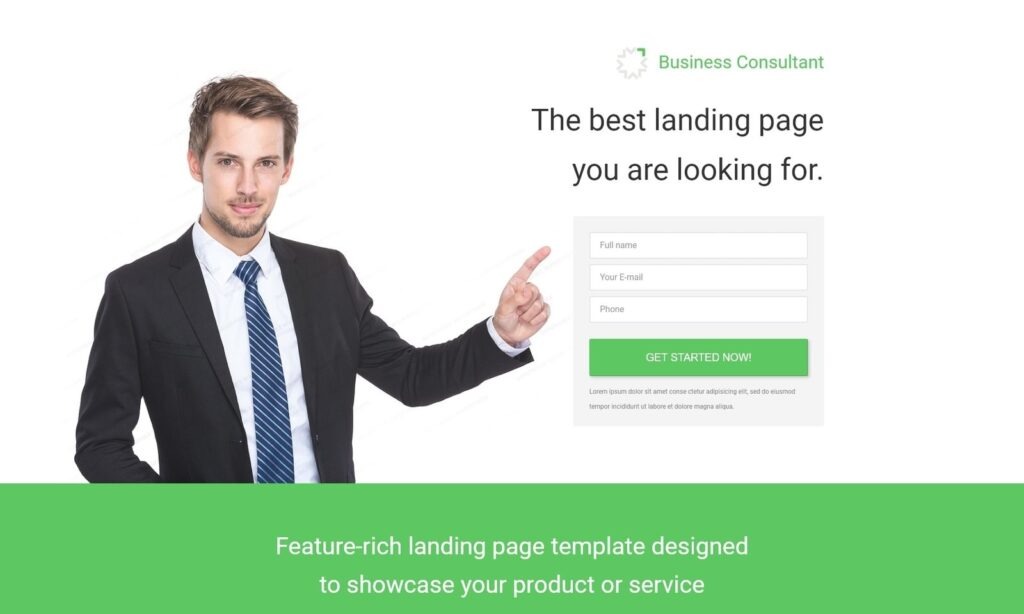Landing Page Design
A landing page is a web page that serves as the entry point for visitors to a website or a specific marketing campaign. Its primary purpose is to persuade visitors to take a specific action, such as making a purchase, filling out a form, signing up for a newsletter, or downloading an ebook.
Why need a landing page for business?
Converting visitors into leads or customers: A landing page is designed to persuade visitors to take a specific action, such as making a purchase, filling out a form, or signing up for a newsletter. By providing a clear and compelling message, businesses can increase the likelihood that visitors will take the desired action.
Measuring marketing campaign effectiveness: By directing visitors to a specific landing page, businesses can track the success of their marketing campaigns. They can measure the number of visitors who arrive at the landing page, the number who take the desired action, and the overall conversion rate.
Tailoring messaging to specific audiences: Businesses can create multiple landing pages tailored to specific audiences or marketing campaigns. By customizing the messaging and design of each landing page, businesses can increase the relevance and effectiveness of their marketing efforts.
Improving search engine optimization (SEO): Landing pages can be optimized for specific keywords, making them more visible and relevant to search engines. This can improve the chances that potential customers will find the landing page when searching for a particular product or service.
Overall, landing pages are an effective tool for businesses to generate leads, convert customers, and measure the success of their marketing efforts.

How does a landing page work?
Headline: A clear, attention-grabbing headline that immediately communicates the value proposition of the product or service.
Subheadline: A supporting message that provides more context and further persuades the visitor to take action.
Hero Image or Video: A visually appealing and relevant image or video that helps to convey the value proposition and draws the visitor in.
Call to Action (CTA): A clear and compelling call to action that encourages the visitor to take the desired action. Examples of CTAs include “Sign up now,” “Download our guide,” or “Buy now.”
Benefits or Features: A list of the key benefits or features of the product or service, presented in a clear and easy-to-understand way.
Social Proof: Testimonials, reviews, or other forms of social proof that provide evidence of the value and credibility of the product or service.
Trust Indicators: Trust indicators, such as security badges or certifications, that help to build trust and credibility with the visitor.
Form or Checkout: If the landing page is designed to capture leads or sell products directly, it will include a form or checkout process.
By combining these elements in a clear, concise, and visually appealing way, a landing page can effectively persuade visitors to take the desired action.
